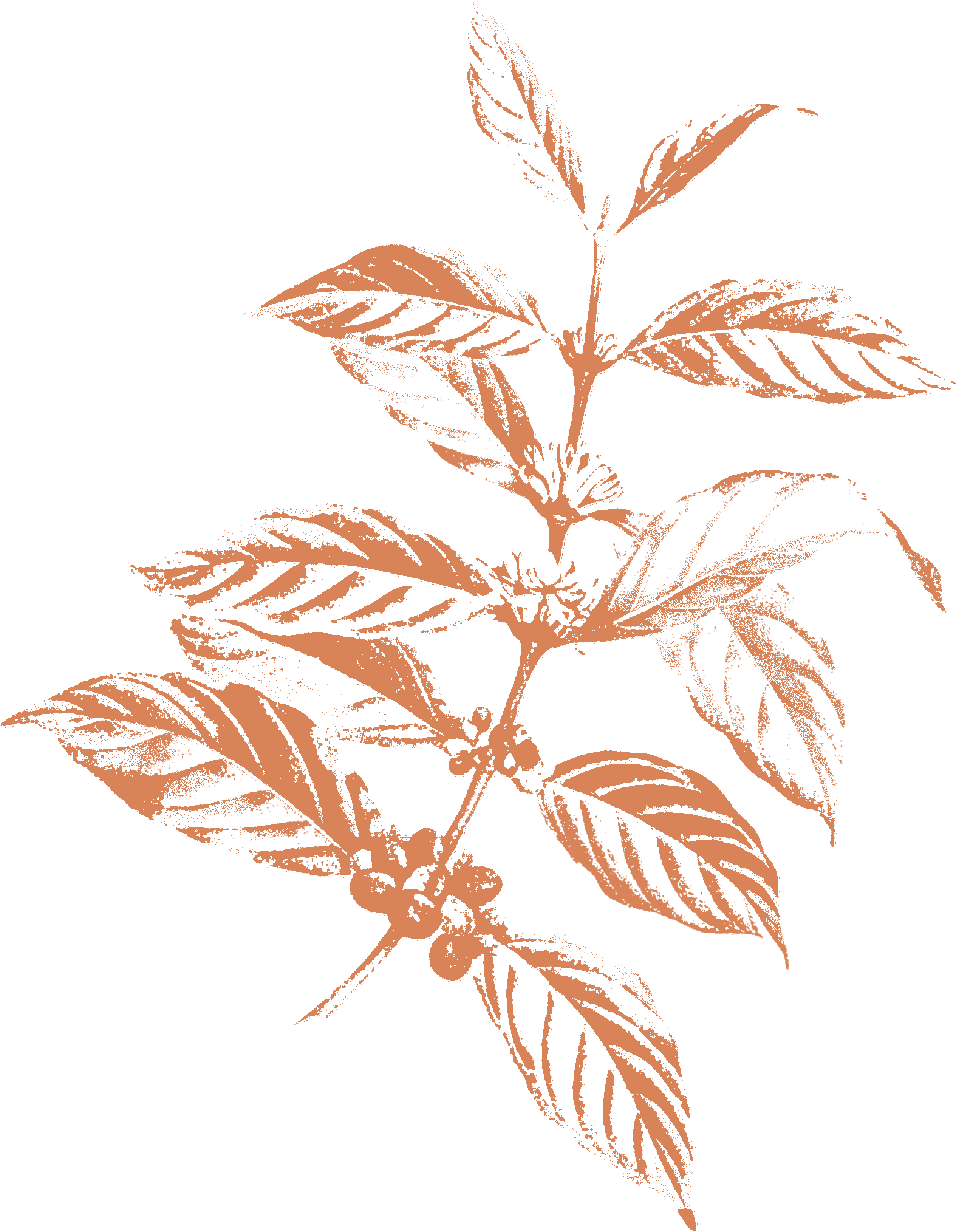Surrounded by the highlands of the canton of Puyango in the province of Loja, there is a very small town called Alamor. The coffee culture in this region and the surrounding mountains has been present for more than a century. Coffee has always been one of the main agricultural and economic activities here, along with corn, bananas, rice, sugar cane, and other citrus fruits. Many experts and historians have explored this region and collected testimonials and stories from generations past, noting that Puyango has great historical and cultural richness. Of course, coffee is a significant part of both the history and present of this region and its people.
Nearby Alamor, you can find one of the main tourist attractions in the region: the Puyango Petrified Forest. This fossil deposit of petrified wood dates back to the Cretaceous period.
In the highlands of Alamor, we were privileged to find a group of approximately 150 small-scale producers. This coffee is grown by producers with a long tradition in coffee cultivation, meaning they grow traditional varietals that are favorable for the production of specialty coffee. The average age of these producers is around 60 years. However, most of them are starting to introduce the business to their children to continue the tradition and pass it to future generations. This new generation is eager to continue improving the quality of their product
